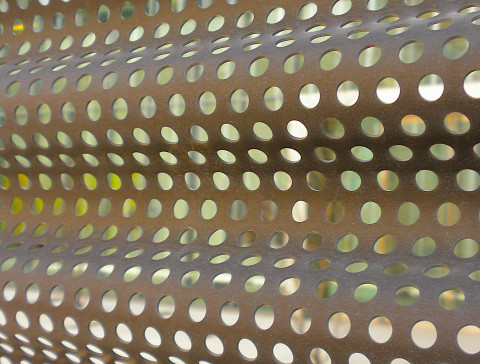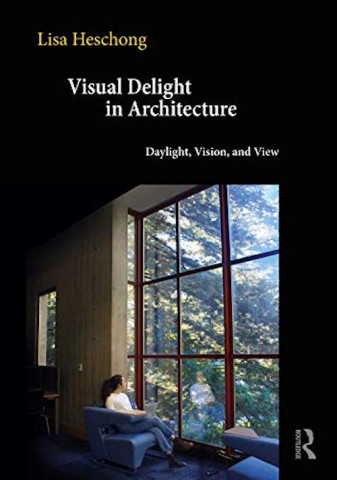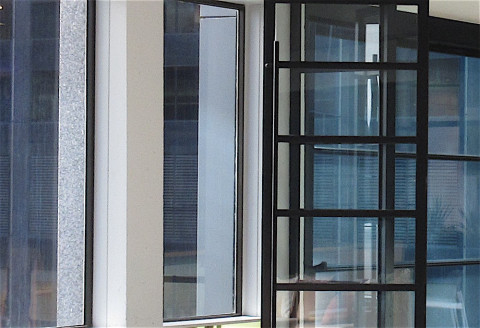Window Views and Workplace Performance
View content, creative thinking
View content, creative thinking
Natural performance enhancers

Both physical and mental health are linked to effective ventilation and air movement management. Neuroscience studies suggest how to manage “air” so it’s more likely that people think and act in positive ways, ones that boost their wellbeing and cognitive performance.

Benefits of some views in

Different windows, different outcomes

Optimizing design with natural light, window views
Health implications
Right or left side best?

Comfort, emotion, and performance links to workplace windows
Ko and colleagues evaluated how windows influence space user experiences.